26 Aug Black Mirror
My training in painting was quite traditional. Oil paint had not only its own material rules but rules associated with what makes a good painting. What is right. Paintings should be painterly and broad, not too tight and fiddly. Contrast should be high, almost chiaroscuro (a favourite high school essay word). The masters of good painting were Repin, Caravaggio, Sargeant. Paintings hold mythologies and symbols and most usually half-naked women. We sometimes used a black mirror, a small piece of glass held above our eyes, our subject and drawing upside down and simplified to tones. Ensuring tones were correct and scenes were kept composed within the confines of the canvas or paper.
A form of Claude mirror I suppose, but one that required an Alice in Wonderland upside down. A remove from both the subject and the painting. What was on the canvas was a story, it wasn’t the feeling of the objects it was the shadows and tones and the visual structure, in stasis.
The Claude glass or mirror traditionally requires you to stand with your back to the view. A dark reflection, not quite the view, more romantic, akin to stepping back. There’s a story of Thomas Gray being so enraptured with the view on his black screen that he tripped over. Perhaps a precursor to the head-down walk of a pedestrian on their phone. Enraptured by a distant virtual view.
The black mirror provided a filter. Perfectly suited to sunsets, the golden hour much loved by Instagram posters and snapping Snapchatters. The resulting image looked like Claude Lorrain’s paintings (hence the name). Thomas West’s Guide to the Lakes goes so far as to insist that those taking a trip to the Lakes District should view the landscape in the Claude glass, identifying ‘stations’ where this was best achieved. Much like we do now when we visit places, we stand in the place that those before us have stood and photographed. Replicating the images we’ve seen, maybe ticking off the experience.
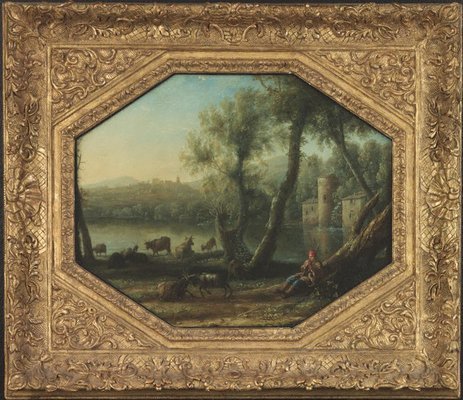
https://www.artgallery.nsw.gov.au/collection/works/208.1992/.
Do we do this more often now? The excess of images we see before we go anywhere, checking TripAdvisor, the website for a national park, the suggested images that Google maps helpfully scatters over our route map must change how we move and stand and document once we arrive. I’ve seen busloads of tourists all over the world step off a bus, stand in line for the best vantage spot and snap a photo. I’m even worse myself. Sometimes I don’t get out of the car, sometimes I don’t even wind down the window. What is the point of these records?
Back to the Claude mirror, turning off your phone or your iPad can replicate this same surface. Unless I’m carrying two phones though I can’t get a photo of that.




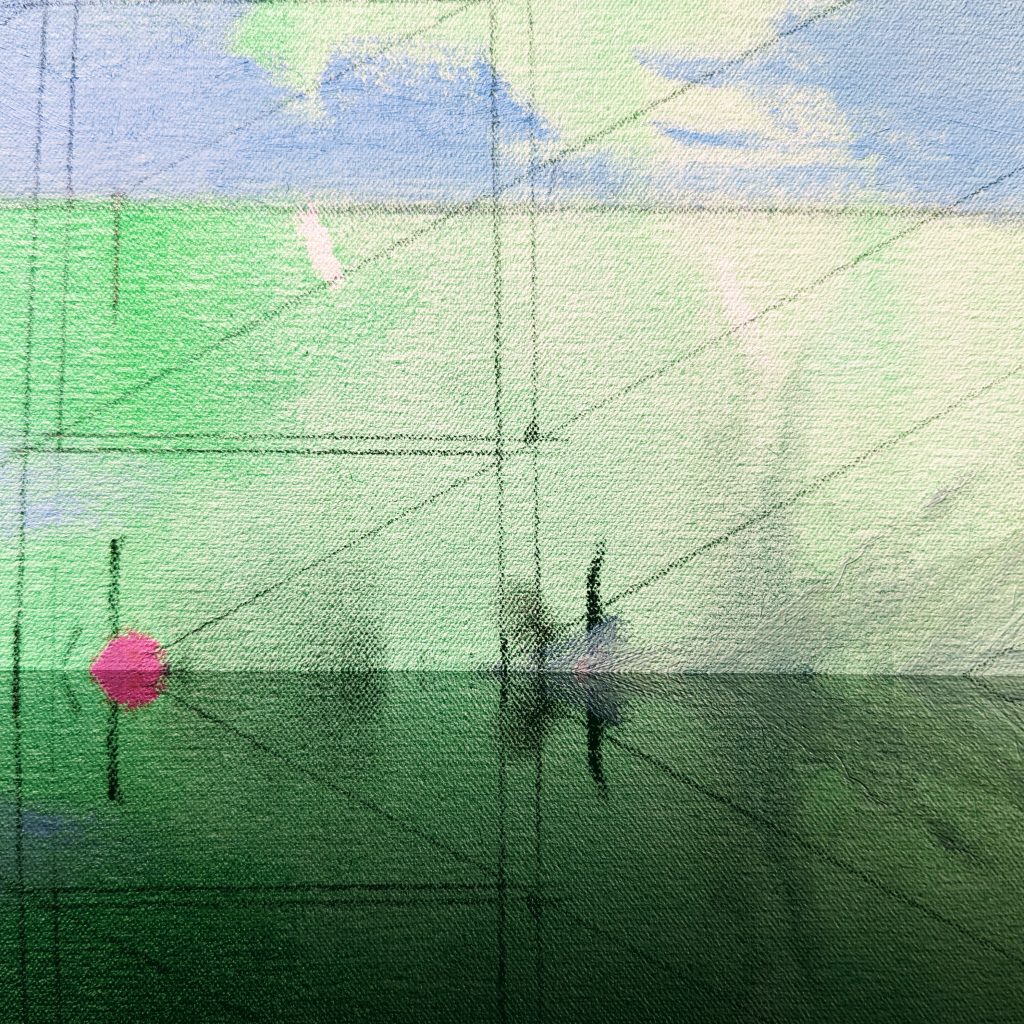
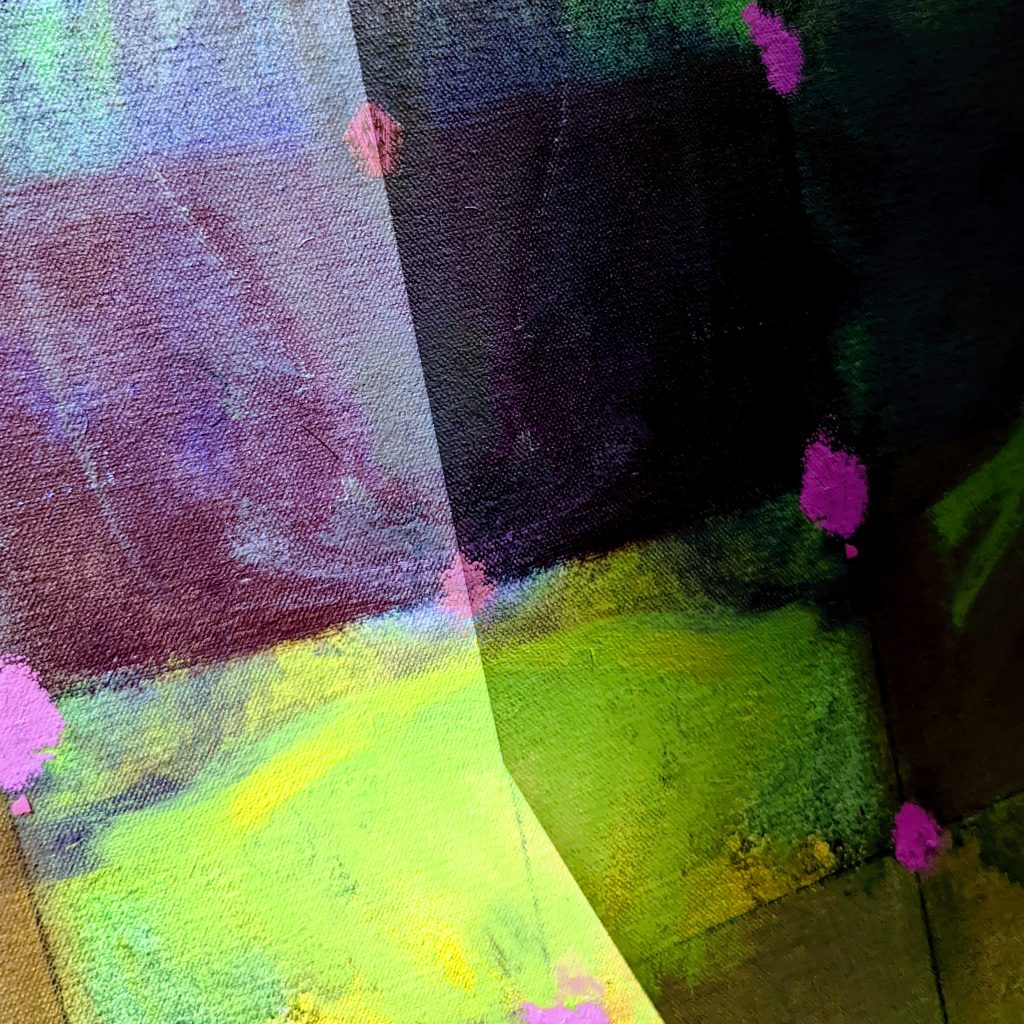
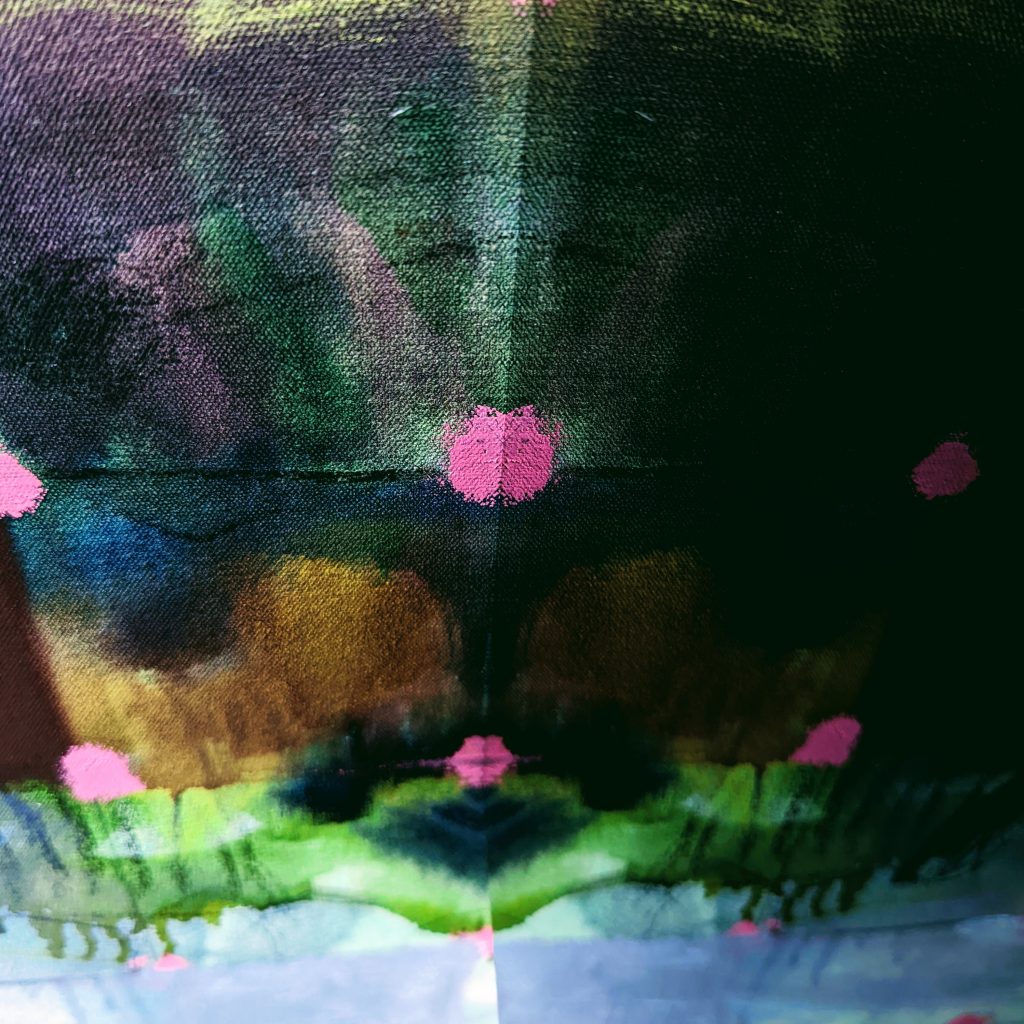
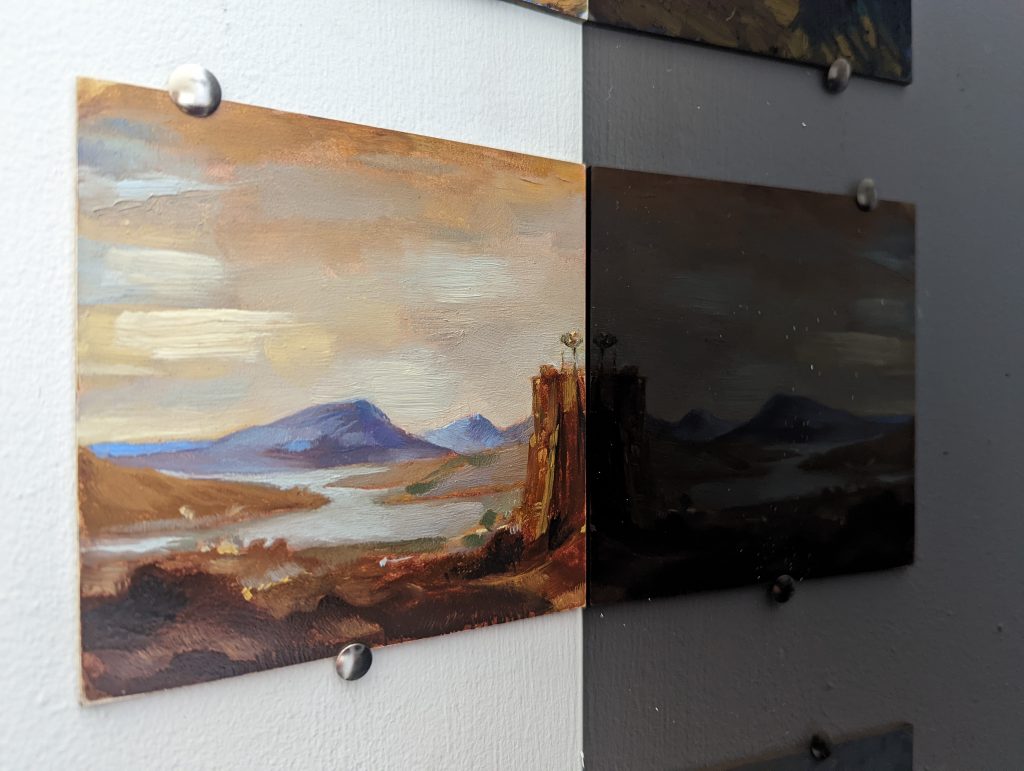
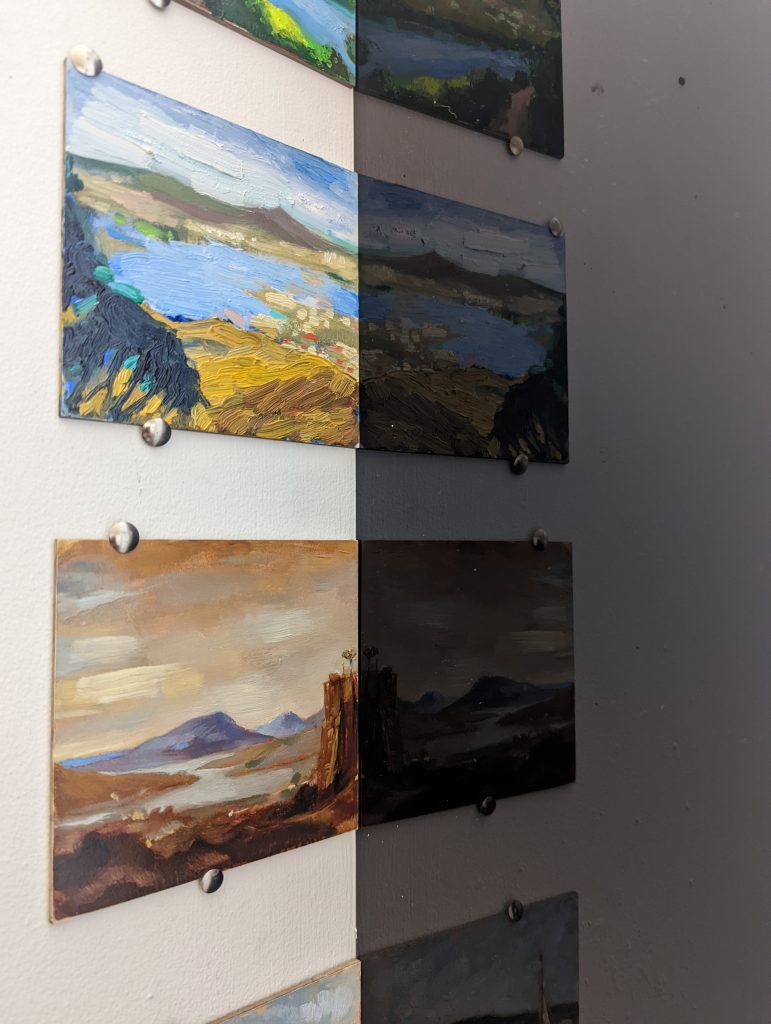
No Comments